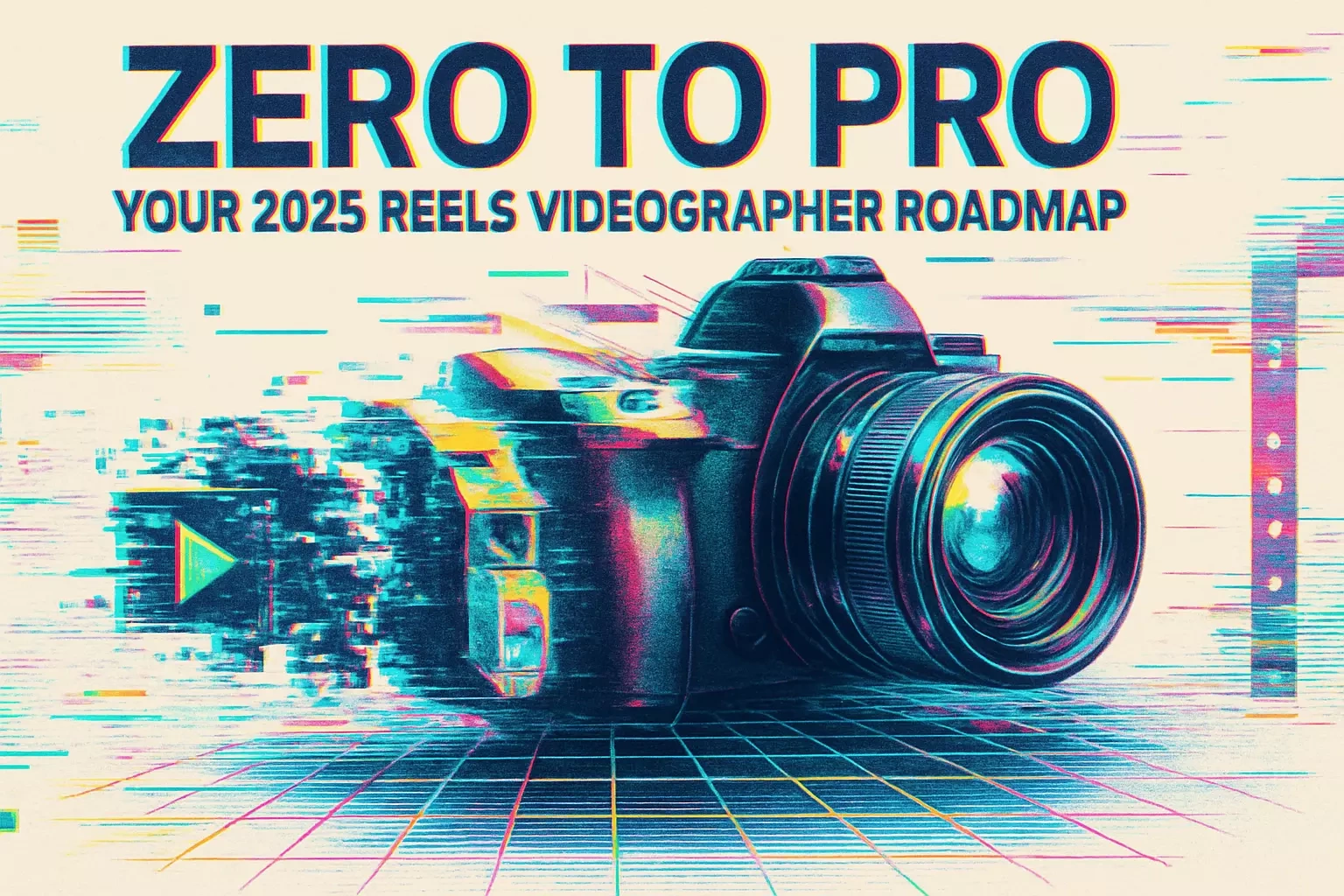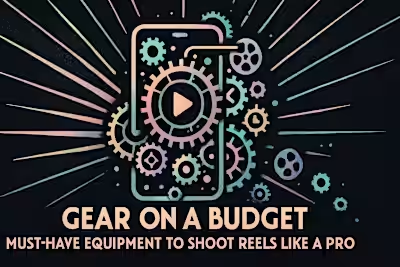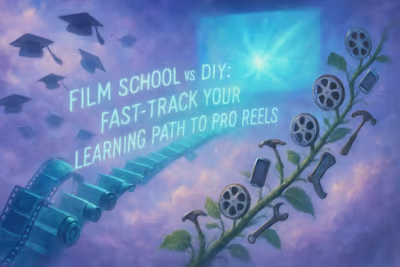Zero to Pro: Your 2025 Reels Videographer Roadmap

Zero to Pro: Your 2025 Reels Videographer Roadmap
Understanding the Reels Landscape in 2025
Why Short-Form Video is King
Key Trends to Watch in 2025
Core Skills Every Reels Videographer Needs
Technical Proficiency: Camera, Lighting, and Sound
Creative Abilities: Storytelling and Editing
Soft Skills: Communication and Business Acumen
A Step-by-Step Roadmap to Going Pro
Months 1-3: Foundational Learning
Months 4-6: Practice and Portfolio Building
Months 7-9: Finding Your First Clients
Months 10-12: Scaling Your Business
Marketing Yourself as a Reels Specialist
Developing Your Unique Style
Leveraging Social Media and Online Platforms
Conclusion
References
Zero to Pro: Your 2025 Reels Videographer Roadmap
Understanding the Reels Landscape in 2025
Why Short-Form Video is King
Key Trends to Watch in 2025
Core Skills Every Reels Videographer Needs
Technical Proficiency: Camera, Lighting, and Sound
Creative Abilities: Storytelling and Editing
Soft Skills: Communication and Business Acumen
A Step-by-Step Roadmap to Going Pro
Months 1-3: Foundational Learning
Months 4-6: Practice and Portfolio Building
Months 7-9: Finding Your First Clients
Months 10-12: Scaling Your Business
Marketing Yourself as a Reels Specialist
Developing Your Unique Style
Leveraging Social Media and Online Platforms
Conclusion
References
Posted Jun 30, 2025
Ready to launch your career as a Reels videographer? This comprehensive 2025 roadmap covers the essential skills, strategies, and steps to go from beginner to pro.











